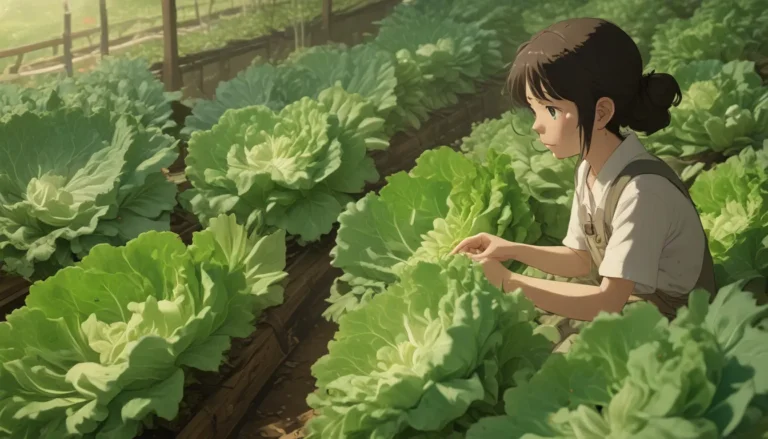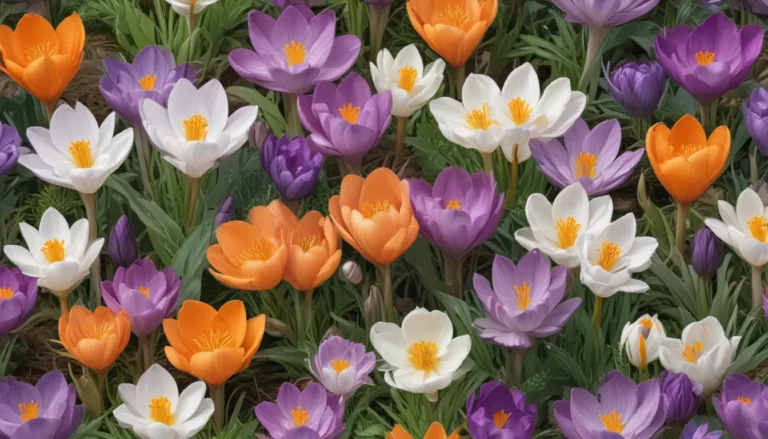The Ultimate Guide to Growing Parsley in Winter

Petroselinum crispum
Have you ever wished you could enjoy the fresh taste of garden-grown herbs in your cozy winter dishes? Well, you’re in luck! Despite the chill in the air, some herbs, like parsley, are cold-hardy and continue to flourish all year round.
Parsley, one of the most beloved kitchen seasonings, is renowned for its versatility. From enhancing the flavors of savory dishes to adding a pop of color as a garnish, this herb does it all!
With its slow but steady growth in cool temperatures, parsley is a herb that is easy to overwinter in many regions. Whether you choose to grow it in a pot, a sheltered garden spot, or even on a sunny windowsill indoors, you can enjoy its crisp leaves year-round.
Join us as we explore how you can cultivate parsley to enjoy its delightful taste even during the winter months!
What You’ll Learn
- Parsley Basics
- Growing Tips
- In the Garden
- Outdoor Containers and Pots
- Indoor Containers
- Cultivars to Select
- Enjoy Crispy, Fresh Sprigs All Year
Parsley Basics
Parsley, a widely cultivated kitchen herb, is known for its fast growth and abundant, lacy foliage. Beyond its culinary uses, parsley also serves as a natural pest repellent and adds aesthetic appeal to gardens, borders, and containers.
This herb is a staple in countless recipes, ranging from casseroles and soups to salads and smoothies. With its fresh flavor and nutritional benefits, parsley is a smart addition to any dish.
Originating from the Mediterranean and southern Europe, parsley comes in two main varieties for home gardens – Italian (flat leaf) and curly leaf. There’s also Hamburg rooting parsley, grown for its edible root.
As a hardy biennial, parsley overwinters well in USDA Hardiness Zones 7 and warmer. While leaf production may slow in cold temperatures, parsley continues to thrive, even under a light blanket of snow.
Parsley plants remain harvestable until temperatures drop below freezing. However, they can tolerate temperatures as low as 10°F and bounce back with new growth when warmer weather arrives.
With the right care, you can enjoy parsley from planting to harvest in a full year cycle – from spring to winter and back to spring again!
Growing Tips
Here are some practical tips to maximize your cold weather parsley harvest:
- Seed Starting: Parsley easily grows from seed.
- Harvesting: Always pick outer leaves first to preserve plant energy.
- Plant Care: Water lightly when temperatures are above freezing and promptly remove flower stalks to extend plant life.
- Container Drainage: Ensure pots have excellent drainage in regions with high rainfall to prevent waterlogging.
- Self-Seeding: Allow a plant or two to flower and set seed for a steady supply of seedlings.
In the Garden
To overwinter parsley in your garden, choose a sheltered spot with full sun exposure. Enrich the soil with organic matter at planting time to ensure strong growth.
Protect the roots and crown with a thick layer of straw mulch to maintain moisture and shield from freezing temperatures and thawing cycles.
In early September, trim back plants to encourage new foliage growth. By removing older stems, you allow more sunlight to reach the center of the plant, promoting new shoots.
Water sparingly in the mornings when temperatures are above freezing, and provide diluted fertilizer monthly to boost plant health.
When frost threatens, consider using a cloche to protect parsley plants and prolong leaf quality.
Outdoor Containers and Pots
For parsley in outdoor containers, select a sheltered location with ample sunlight. Add a thick layer of mulch to insulate roots and protect against freezing.
Wrap pots with bubble wrap or insulate with pine boughs or straw for added protection. Water only when the top inch of soil is dry and fertilize monthly with diluted fertilizer.
Remove saucers or trays from under pots in regions with high winter rainfall to prevent water accumulation.
Indoor Containers
In colder regions, bring parsley plants indoors in pots before the first frost. Use deep containers with proper drainage and rich potting soil to support root growth.
Water thoroughly after transplanting and place pots in a lightly shaded area for recovery. Once established, move pots to a sunny window for growth through fall and winter.
Water plants when the top inch of soil is dry and fertilize monthly with a diluted solution to maintain plant health.
As the plant’s life cycle ends in late winter, quality may decline, indicating the time for a new planting cycle.
Cultivars to Select
While most parsley varieties can survive the winter with care, here are a few favorites:
- Double Curled: Known for its frost tolerance and dark green leaves with tight curls.
- Gigante D’Italia: An Italian heirloom with flat leaves and a strong flavor.
Enjoy Crispy, Fresh Sprigs All Year
Garden-fresh parsley offers a delightful taste that you can enjoy throughout the year. By providing insulation and protection, you can savor the crisp leaves even during the winter months.
Whether grown outdoors with mulch and cloche protection or indoors in pots on a sunny windowsill, parsley thrives with a little extra care.
Do you have any tips for growing winter parsley? Share your thoughts in the comments below and explore our other winter growing guides for a year-round supply of fresh produce.
- How to Grow Winter Cabbage for a Late-Season Harvest
- 6 Best Types of Kale for Cold Climates
- How to Store Carrots in the Ground
Remember, with the right approach, you can enjoy the fresh taste of parsley all year long!
By emphasizing the key aspects of cultivating parsley in winter and providing practical tips for success, this comprehensive guide equips readers with the knowledge and confidence to grow this versatile herb year-round. Whether experienced gardeners or beginners, anyone seeking to enhance their winter gardening skills will find value in this resourceful article.





